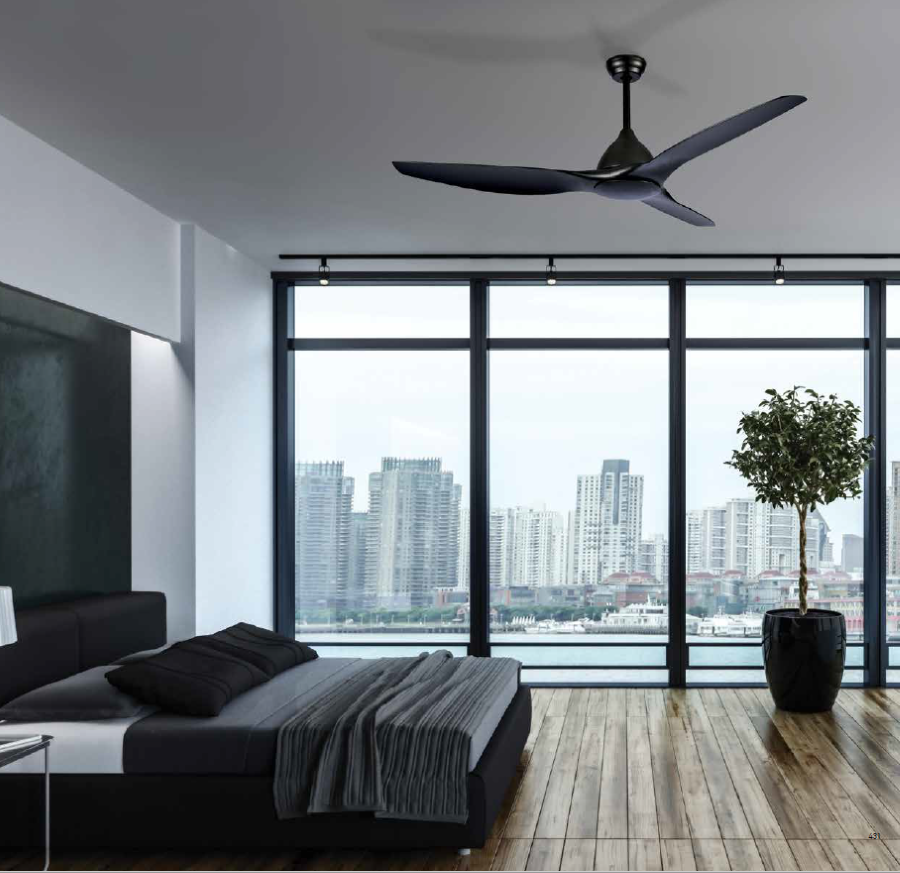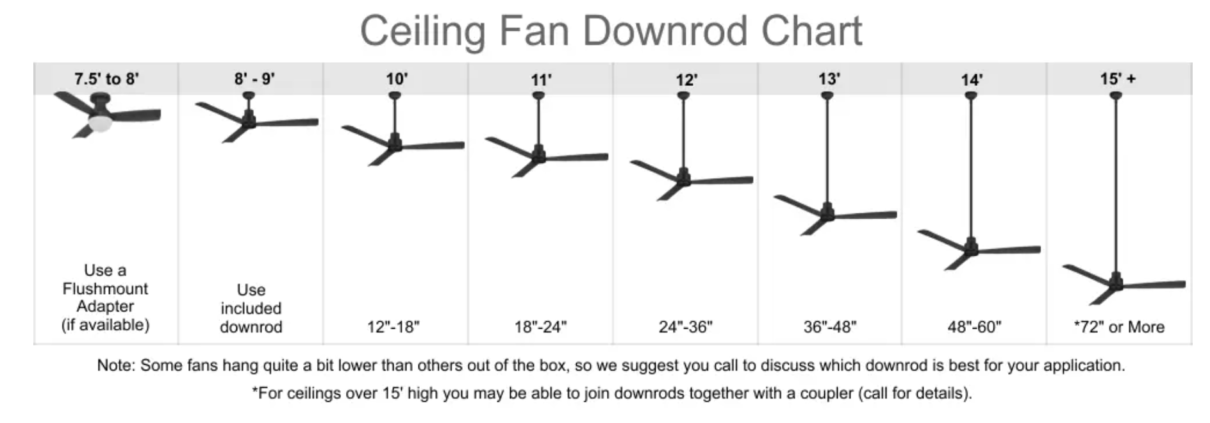
Ceiling fans are one of the most used elements in interior design during summer season. Most of today’s fans are crafted with intelligent, contemporary designs added with a touch of glamour—just enough to harmonize with your spaces. And with industrial decor becoming an interior style favourite, there’s no reason why you shouldn’t infuse your rooms with this classy, functional utility.
Identify the room
To find out how, define the area by its shapes and colours; curved-edged fans are perfect for soft, sophisticated rooms. Lengthy blades are well-suited for minimalist, modern spaces.
Size matters
Bigger is better, but not at all times. When it comes to ceiling fans, you’d want it to suit the area’s scale. For smaller rooms, a 36-inch ceiling fan is enough. Larger rooms may require fans which are 80-inch in diameter or more. You may have the option to install more than one ceiling fan to suit the area’s needs.
High or low
Made to match your ceiling’s height, your ceiling fan can be installed in your desired apogee (as long as it complies to the local building standards). However, one thing to consider is the gap—the blades should be at least 30cm away from the ceiling for it to move without intrusions. There are specific series made for high ceilings, low ceilings, sloped areas and even outdoors; making it easy for you to find the right option!

Double duty
If you’re into versatility, why not buy a ceiling fan equipped with modern day industrial lights? It’s like hitting two birds in one stone; this great investment allows you to create a lovely focal point for your room, without adding too many fixtures on the ceiling.
Three is the New Four
In the past, the number of fan blades (four, five, or six) used to translate to a more efficient ceiling fan. However, that’s no longer the case! There are new fan models that can perform just as well with a smaller number of blades.
Fan Motors
A fan’s motor type will also help determine its efficiency. Most fan companies use two types of motors: DC (direct current) or AC (alternating current). DC motors are virtually silent and use 70% less energy than AC motors. In the past AC motor fans were less expensive, but nowadays the cost differences (especially when factoring in long-term savings) are negligible.


